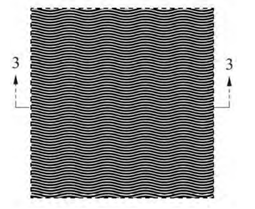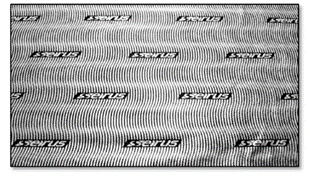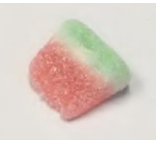Upholding the denial of a preliminary injunction motion in a trademark infringement dispute, the US Court of Appeals for the Seventh Circuit concluded that the district court did not err in finding that the trademark owner failed to show a likelihood of success on its reverse confusion theory. Grubhub Inc. v. Relish Labs LLC, Case No. 22-1950 (7th Cir. Sept. 12, 2023) (Lee, Jackson-Akiwumi, Wood, JJ.)
Relish Labs and the Kroger Company (Home Chef) create and deliver meal kits with pre-portioned ingredients that customers can cook at home. Home Chef began using its “HC Home Mark,” which is protected by five federal trademark registrations, in 2014. Home Chef has spent more than $450 million on advertising and reached $1 billion in annual sales in October 2021.

Grubhub is an online food ordering and delivery service that provides on-demand order management, dispatching and procurement. In June 2021, Grubhub was acquired by Netherlands-based Just Eat Takeaway (JET), an international food delivery company that typically combines its “JET House Mark” with the marks of its local brands.

Before finalizing its acquisition of Grubhub, JET filed an international trademark application for the JET House Mark. However, the US Patent & Trademark Office (PTO) examiner preliminarily rejected the mark, finding it to be “confusingly similar” to the HC Home Mark. JET did not respond and withdrew the application. After acquiring Grubhub, JET adopted the “Grubhub House Logo,” which combined the Grubhub logo with the JET House Mark. Grubhub introduced the new logo in July 2021 and has spent millions of dollars rebranding.

After receiving a cease-and-desist letter from Home Chef, Grubhub sued, seeking a declaratory judgment that its logo did not infringe Home Chef’s marks. Home Chef countered with a motion for preliminary injunction, which was referred to a magistrate judge. The magistrate judge recommended that the court grant Home Chef preliminary injunctive relief, but the district court rejected the recommendation and denied Home Chef’s motion, finding that it had not shown a likelihood of success on the merits. Home Chef appealed.
On appeal, the Seventh Circuit began by addressing which Grubhub mark was at issue: the JET House Mark alone or the Grubhub House Logo (which incorporated the logo portion of the JET House Mark). The Court noted that Grubhub had not used the JET House Mark without the Grubhub brand name in the United States and thus agreed with the district court that the accused mark was the Grubhub House Logo:

Turning next to Home Chef’s reverse confusion theory, the Seventh Circuit addressed the relevant four factors from its [...]
Continue Reading
read more

 Subscribe
Subscribe






